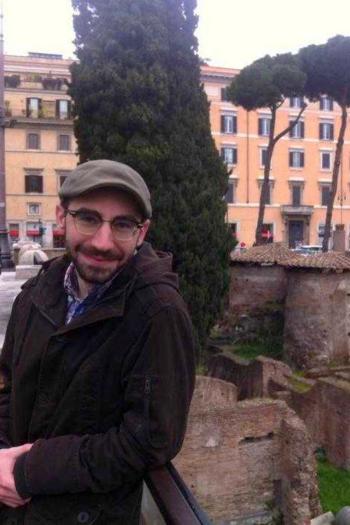Featured Graduate Student Research: Simeon Ehrlich
Featured Graduate Student Research: Simeon Ehrlich



Through analysis of the plans of more than one hundred sites during his time abroad, he was able to trace concurrent developments in the organization of Greek and Etruscan sites, in terms of the coordination, alignment, and orthogonality of the buildings, streets, and blocks that comprise their plans. On this basis, he was able to develop an argument positing that grid planning is indeed the culmination of a series of organizational principles affecting urban plans, that grid planning only emerges under certain topographic conditions, and that the Greeks found settlements on sites meeting these conditions at an earlier date than the Etruscans. Thus, he finds that the Etruscans did not copy the grid plan from the Greeks; rather, they had the potential to implement it all along, they simply lacked for an opportunity to do so. This research serves as the basis for a history of grid planning in Classical antiquity and is complemented by case studies showing the weakening of the conditions sustaining grid planning during the Roman empire and the removal of these conditions in late antiquity.
